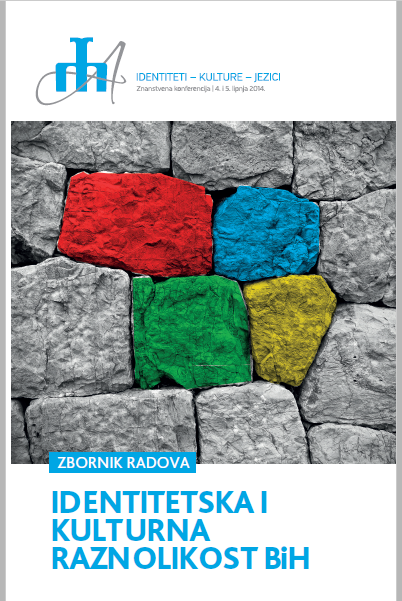PROMJENE U URBANISTIČKOJ OSNOVI I ARHITEKTONSKOJ SLICI MOSTARA U VRIJEME AUSTROUGARSKE UPRAVE BOSNOM I HERCEGOVINOM
THE CHANGES IN THE URBAN MATRIX AND THE ARCHITECTURAL IMAGE OF MOSTAR DURING THE AUSTRO-HUNGARIAN RULE IN BOSNIA AND HERZEGOVINA
Author(s): Sanja ZadroSubject(s): Fine Arts / Performing Arts, Architecture, Rural and urban sociology
Published by: Filozofski fakultet Sveučilišta u Mostaru
Keywords: Mostar; Austro-Hungarian monarchy; architecture; urbanism; historicism; secession
Summary/Abstract: The paper will present a segment in Mostar´s architectural history from 1878, i.e. after the establishment of the Austro-Hungarian protectorate in Bosnia and Herzegovina until the First World War. A special emphasis will be given to the monuments´ integration of Mostar into a wider context of Bosnia and Herzegovina and to the consideration of relations in our country with the tendencies of those times in middle Europe. The Austro-Hungarian appearance in Bosnia and Herzegovina´s territory signifies the termination of the continual historical Ottoman architectural tradition and the Oriental concept of urban matrices and the annunciation of quick and intensive import of medieval standards in urban planning and style patterns applied on architectural realizations in the field of representative public architecture financed by the State´s government. The organization of Government´s architectural department ensured an outspread architectural activity, and an import of historical styles was facilitated with the bringing of many architects educated at prestigious academies and colleges all over the Monarchy. They were followed by new generations of architects with similar stylistic tendencies. Briefly reviewing the theoretical formulation of European historicism about the geographical and cultural-historical frameworks as motivators of dominating architectural styles in certain areas, the paper will concentrate on the manifestation of those norms in Bosnian and Herzegovinian architecture, especially in Mostar. Furthermore, one of the main contextual motivations for all the above mentioned was the new government´s cultural policy which cherished an affirmative relation towards cultural autonomy and the traditional heritage of its colony. Those relations, especially the tendency of historicism for morphological references of genius loci and the search for national styles all over Europe, will prove to be multiple, complex and productive for further research of Bosnian and Herzegovinian architectural development in theory and praxis.
Journal: Identiteti - Kulture - Jezici
- Issue Year: 1/2015
- Issue No: 1
- Page Range: 461-479
- Page Count: 19
- Language: Croatian

